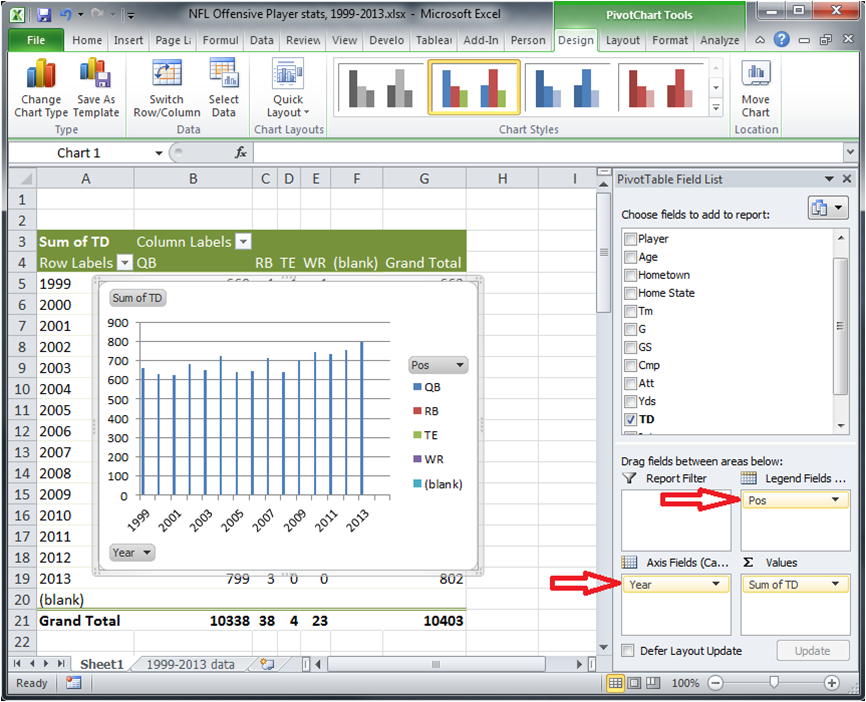

Everything works GREAT except the description of transactions are sorted alphabetically instead of how they are actually entered in the raw data. Hi John…I love your site!! Please, could you help me? I created a pivot table to be my checkbook register my raw data worksheet has been entered just as I would enter it in an actual register (but no check #): date, description of the transaction, debit amt., credit amt., and balance. You can access this feature a couple of different ways. It’s so useful and powerful it really deserves a featured spot in the Analyze tab of the ribbon. Unfortunately it’s sort of hidden in the right click menu or as the secondary tab in the Value Field Settings. This stuff is already a baked in feature known as Show Values As. The next 10 tips are the among the most powerful features of pivot tables, yet most Excel users don’t know about them.Īt some stage you’ve probably gone off to the side of your pivot table and done some formula calculations to see how much of a percentage a value represents, calculated a running total or a percent difference.


You can also enable a few other options from this menu. Note that all the Refresh control options are disabled (unchecked) by default. Under the Usage tab in the Connection Properties menu, check the Refresh every N minutes box and then set the number of minutes. You can turn your pivot tables into a variety of different chart types. If you change something in your pivot table the changes will happen in your pivot chart and vise-versa. The cool thing is, they are dynamically linked together. PivotCharts allow you to create a visualization of your pivot table summary. Pivot tables are amazing, but even with a pivot table it’s sometimes hard to see the trend or anomaly in the data. Read this post for more detail on building relationships in pivot tables. When creating a pivot table check the Add this to the Data Model box in the Create PivotTable window.įor example if our sales data only contained a customer ID and the customers name was stored in another table, this would allow us to relate the customer ID to the name and build sales data pivot tables based on the customer name. You can create relationships between different data tables using pivot tables and the Data Model. Adding a rate calculation to the source data may result in incorrect calculations in your pivot table when viewing a pivot table at a more aggregated view than the data. If we want to calculate the Profit Margin on each order we could add another column with the calculation Profit Margin = 1 – (Total Cost / Total) or we can add calculated field.įor a rate type calculations like a profit margin, it’s better to add the calculations as a Calculated Field rather than add an extra column with the calculation to the source data. For example, our data contains a Total Cost and Total amount for each order. Add A Calculated FieldĪdding a calculated field to your pivot table is equivalent to adding a new column to your source data to perform a calculation based on the other data. This will allow you to make changes to your pivot table without the column width automatically adjusting. In the PivotTable Options window under the Layout & Format tab uncheck the Autofit column widths on update box.


 0 kommentar(er)
0 kommentar(er)
